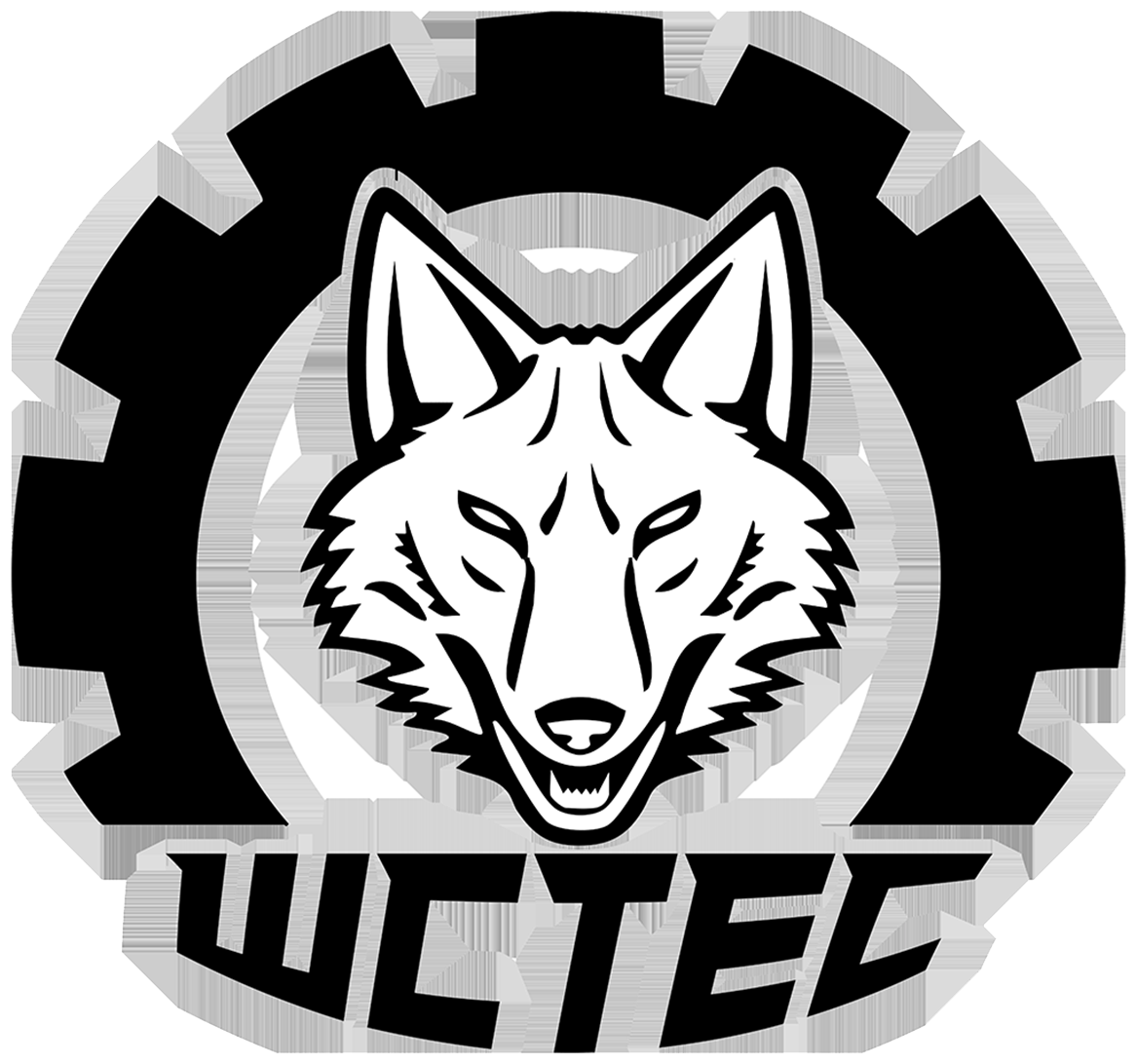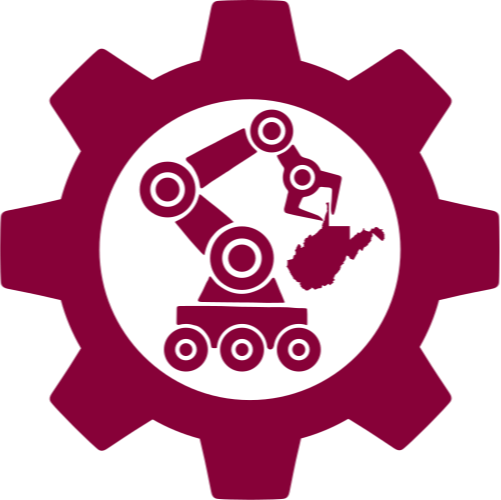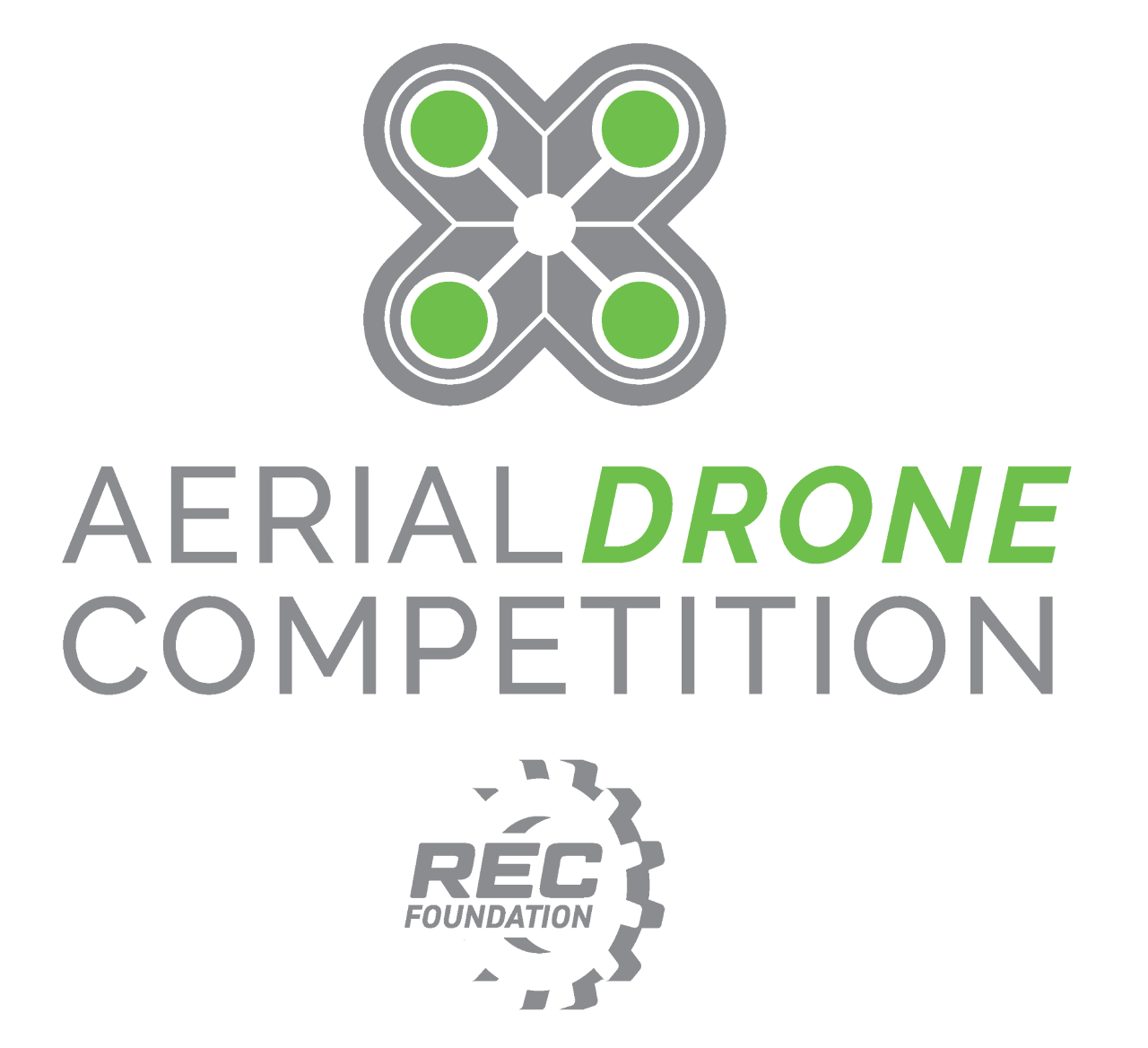Robotics/Drones
Rex Rush - Robotics/Drones Instructor
rrush@k12.wv.us
What does a Drones/Robotics course entail?
Introduction to Drones and Robotics: Overview of the history, development, and current trends in drones and robotics technology.
Basic Principles and Components: Understanding the fundamental components such as sensors, actuators, controllers, and power systems used in drones and robots.
Programming and Coding: Learning programming languages commonly used in robotics, such as Python or C++, to write code for controlling drones and robots.
Design and Construction: Hands-on projects where students design, build, and test their own drones or robotic systems. This includes understanding aerodynamics for drones and mechanical design for robots.
Flight and Navigation: Principles of flight for drones, including aerodynamics, stability, and navigation. Use of GPS and other navigation systems for autonomous flight.
Control Systems: Study of various control systems used in robotics and drones, such as PID controllers and other algorithms for maintaining stability and control.
Safety and Regulations: Learning about the safety guidelines and legal regulations for operating drones, including FAA rules and ethical considerations in robotics.
Applications and Future Trends: Exploration of various applications of drones and robotics in fields like agriculture, healthcare, manufacturing, and search and rescue. Discussion of future trends and innovations.
Team Projects and Competitions: Collaborative projects where students work in teams to solve real-world problems using drones and robotics. Participation in competitions and showcases.
Interdisciplinary Connections: Integration of knowledge from other STEM fields such as mathematics, physics, and engineering principles.


